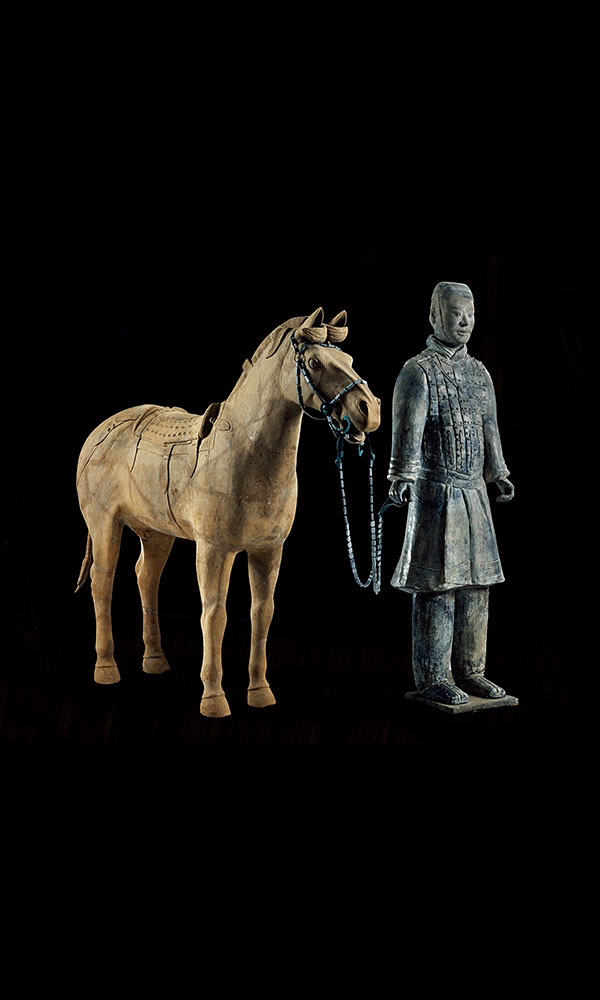
FRANKFURT, GERMANY—Scientists from the Senckenberg Center for Human Evolution and Paleoenvironment and the University of Tübingen have examined the 7,000-year-old skeleton of a woman who died between the ages of 30 and 40 and determined that she suffered from leukemia. “We examined several bones of the skeleton with our high-resolution computed tomography system, and we found an unusual loosening of the interior bone tissue—the cancellous bone—in the upper right humerus and the sternum,” Heike Scherf of the Senckenberg Center said in a press release. Blood-forming stem cells are located at the ends of these bones, and at the ends of the vertebrae, ribs, skull, and pelvis, and so blood cancer can occur at these locations. Other diseases, including osteoporosis and hyperparathyroidism, which cause similar bone damage, were ruled out. None of the other ten individuals in the study, all buried in the Neolithic graveyard of Stuttgart-Mühlhausen, showed signs of this cancer. “However, we cannot determine whether the woman actually died from the disease,” Scherf added. For more, go to "Ancient Oncology."











